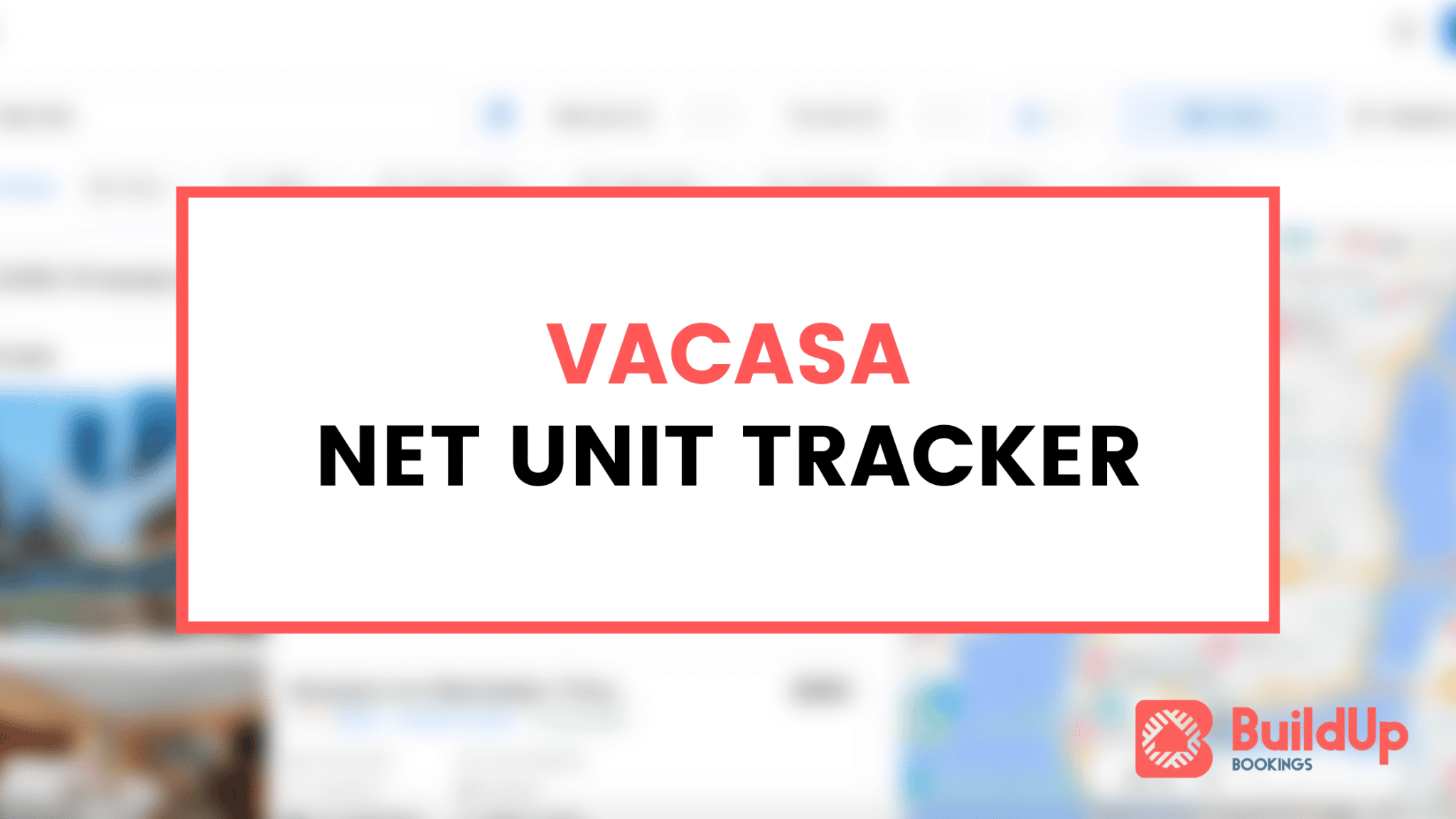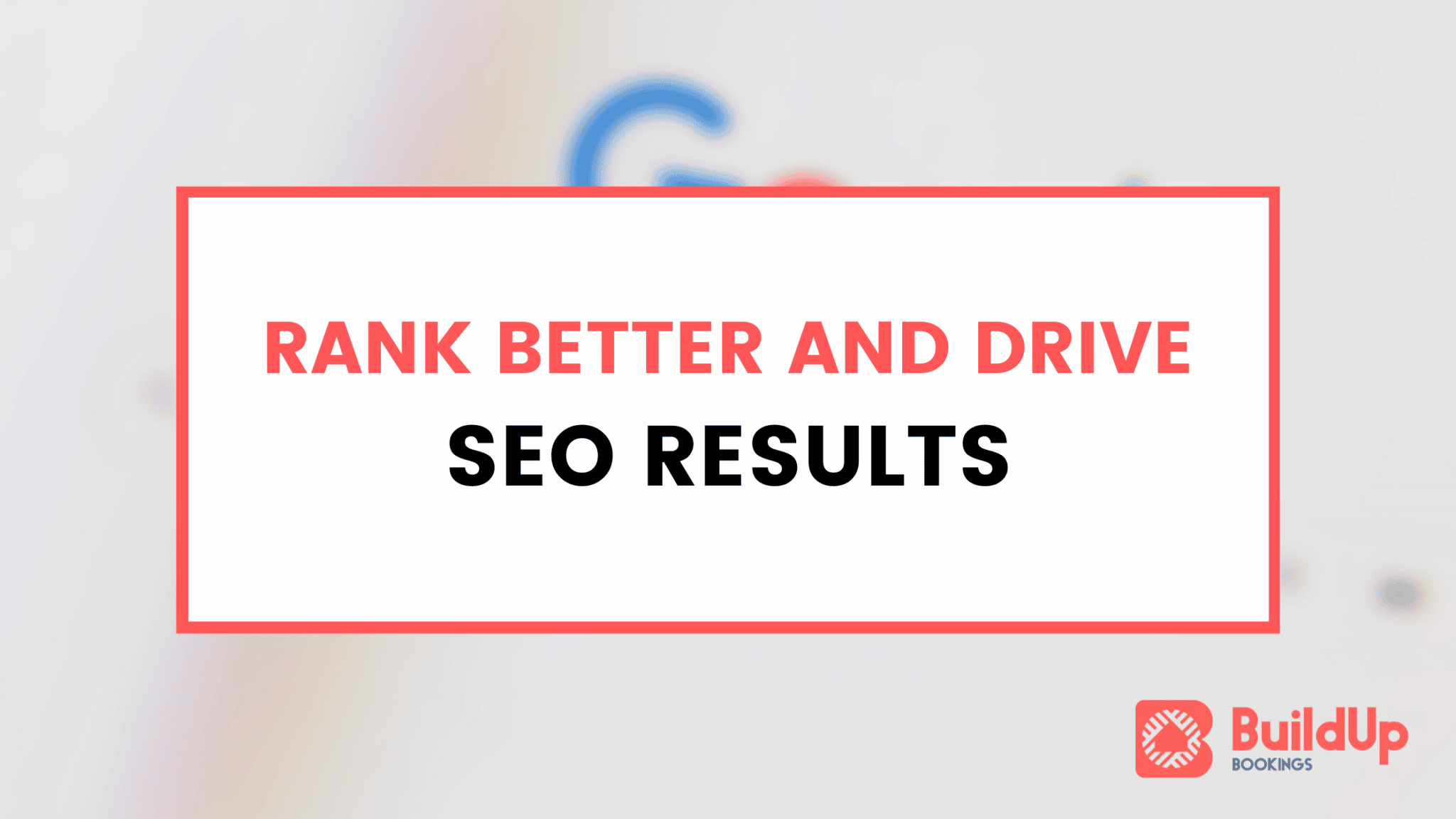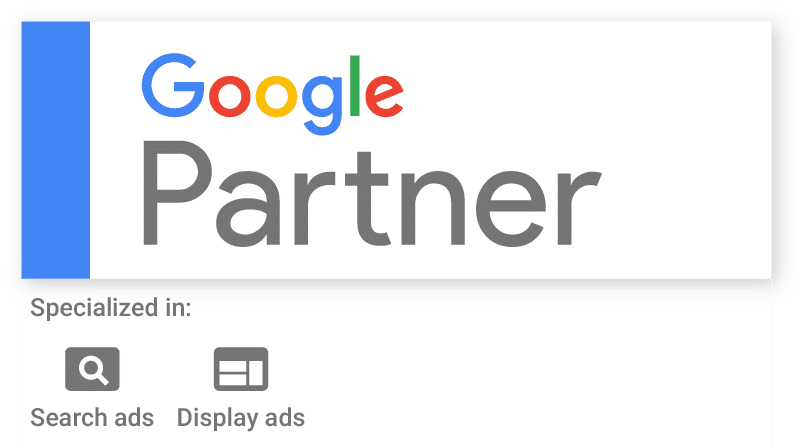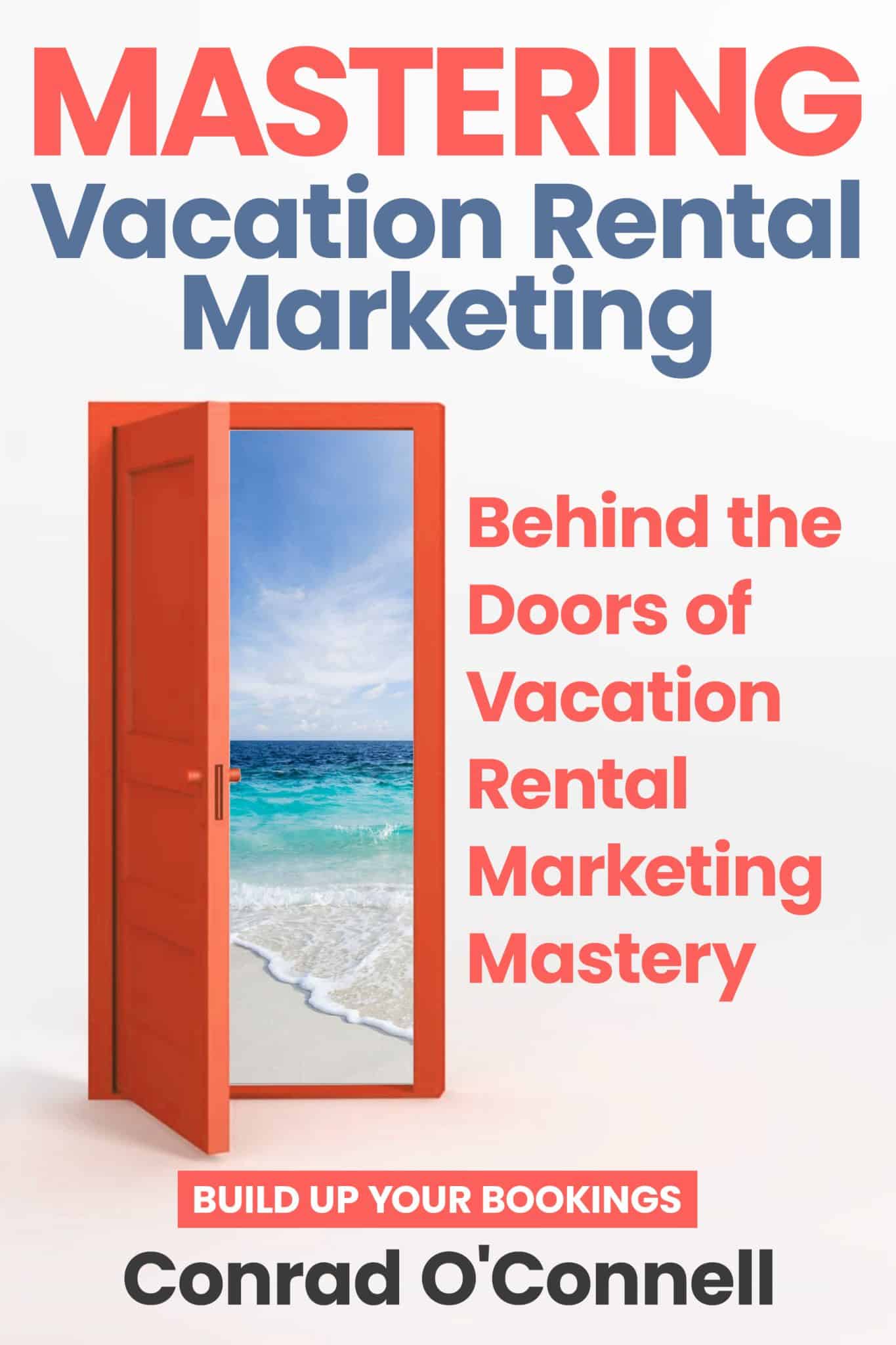Creating a WBS isn’t a one-project-fits-all type of document: the example below is a simple website project – a more complex project will likely have a more complex breakdown of tasks.
Starter Questions To Ask To Make A Useful Work Breakdown Structure #
What’s the problem we’re solving?
Who are the stakeholders?
What is the primary objective?
What skilled people do we need?
What tasks need to be done? What subtasks are required?
What does each task and feature cost?
What’s the primary marketing goal of the client?
What key problem is this solving for the client?
Who’s in charge of feedback / edits / adjustments on the client’s end?
What’s the general area of focus / scope for this engagement?
What people do we need to accomplish this engagement?
What’s the scope of work? What tasks are needed to complete each area of the scope? How much time needed per task? Who’s going to do each task?
- Planning
- Website design brief
- Target audience analysis
- Competitive analysis
- Wireframing and prototyping
- Content planning
- SEO planning
- Deployment
- Domain setup and hosting
- Content migration
- Testing and QA
- Launch and final delivery
- Maintenance
- Ongoing updates and security
- Analytics and reporting
- Performance optimization
Sample Work Breakdown Structure Document #
What’s the primary marketing goal of the client?: [CLIENT NAME] wants to increase their direct bookings and expand their inventory in the coming year by redesigning their existing website to better maximize their digital marketing campaigns and improve conversions. [CLIENT NAME] also wants to leverage a more simple and straightforward booking process on their site: currently, potential guests have several steps in the way of booking, which likely causes drop-offs in the booking process.
What key problem(s) is this solving for the client?: The current direct booking rate is low – Airbnb and other OTAs account for XX% of bookings. We want to expand this and offer a better guest experience for their guest targets.
Who’s in charge of feedback / edits / adjustments on the client’s end?: The founder, [CLIENT NAME], and his marketing manager, [CLIENT NAME], will attend the monthly marketing strategy calls and provide edits/adjustments/feedback on website design and API implementation.
What’s the general area of focus / scope for this engagement?: [CLIENT NAME] has signed a digital marketing contract with BuildUp Bookings that includes:
- Leverage out of current booking engine click out solution
- Updated design: brand colors implemented, WordPress theme setup, contact page, property detail pages for each property, blog page, blog posts page design, area info page, API connection with [PMS PLATFORM] and direct booking page.
- Three design reviews and revisions on each phase.
What people do we need to accomplish this engagement? Two designers for the static design ([DESIGNER NAME] and [DESIGNER NAME]), content writer ([WRITER NAME]) and a developer to assist with API implementation ([DEV NAME]). Conrad will assist with communication and [CLIENT NAME] and [CLIENT NAME] to provide feedback.
What exact pages are we building in this project? New or existing pages?
Common page types include:
| Page Type | Description |
|---|---|
| Homepage | A main landing page of the website, typically providing an overview of the company, the area and a search box allowing for a guest to find the properties open for specific dates. |
| About Us | A page providing information about the company, including its mission, history, and team members. |
| Contact Us | A page with contact information and a form for visitors to get in touch with the website or business. |
| Search Results Page | A page typically providing an overview of the properties available for rent, as well as information about the location and amenities of each property. It should also include a search function to allow visitors to filter properties by location, type, date (check-in and check-out), price and amenity. |
| Property Detail Pages | A page or set of pages listing and providing information about each property offered by the host or vacation rental manager. |
| Property Category Search Page | A page showing listings based on category (ex: pet friendly) |
| Blog + blog post | A page with a list of blog posts or articles, usually organized by date. Blog post is a page showing content with a date, author and category or tag structure. |
| Testimonials | A page with guest reviews or testimonials, often used to build trust and credibility. |
| FAQ | A page with a list of frequently asked questions and answers, providing information to help visitors understand the host or manager. |
| Privacy Policy | A page outlining the website’s policies on data collection, use, and protection. |
| Terms of Service | A page outlining the rules and conditions that apply to the use of the website or service. |
| Sitemap | A page or document listing all the pages on a website (to help with indexing all pages). |
| Team | A page introducing the team members, employees or the host. |
| Careers | A page with job openings and information about working for the property manager or host. |
| Events | A page listing upcoming events related to the core area of the host or manager. |
| Press | A page with news articles, press releases, and other media coverage of the host or manager. |
| Partners | A page listing the partners or collaborators of the host or manager. |
| Resources | A page with resources such as links to local businesses, key facts to know, parking information and more. |
| Downloads | A page with downloadable content such as brochures, guides, or welcome information. |
| Login | A page with a form for guests to log in to the website or service. |
| Register | A page with a form for new guests to register for the website or service. |
| Order/Checkout | A page with a form for guests to complete a booking. |
| Thank You/Confirmation | A page with a confirmation message and details after a user has placed an order or completed a form. |
Example Project Phases For Website Design #
Phase 1: Mockups of Homepage: static mockups in Figma showing the homepage and how it will look
Phase 2: Mockups of Property detail pages, checkout & sub/static info pages: static mockups in Figma showing each page layout
Phase 3: Import of all content from current site into staging site: import of text content, SEO metadata, images and page URLs
Phase 4: Content Writing: create and confirm all copy and messaging on the site based on each page
Phase 5: Build Staging Site + Site Dev: building custom functionality, HTML/CSS coding, responsive design, content management system setup, plugin integration, standard functionality development, testing and debugging
Phase 6: Integrate with PMS: custom plugin and API specific data from the PMS to the website.
Phase 7: Testing & Go Live: Domain setup and hosting, redirect and URL review, testing and QA, launch and final delivery








